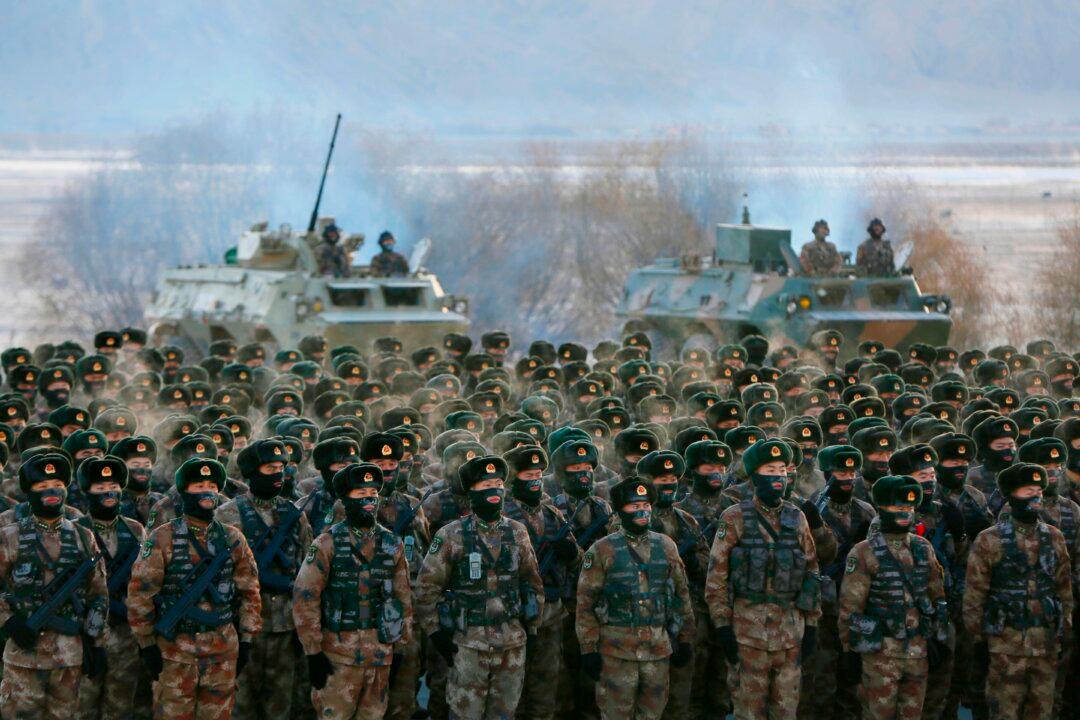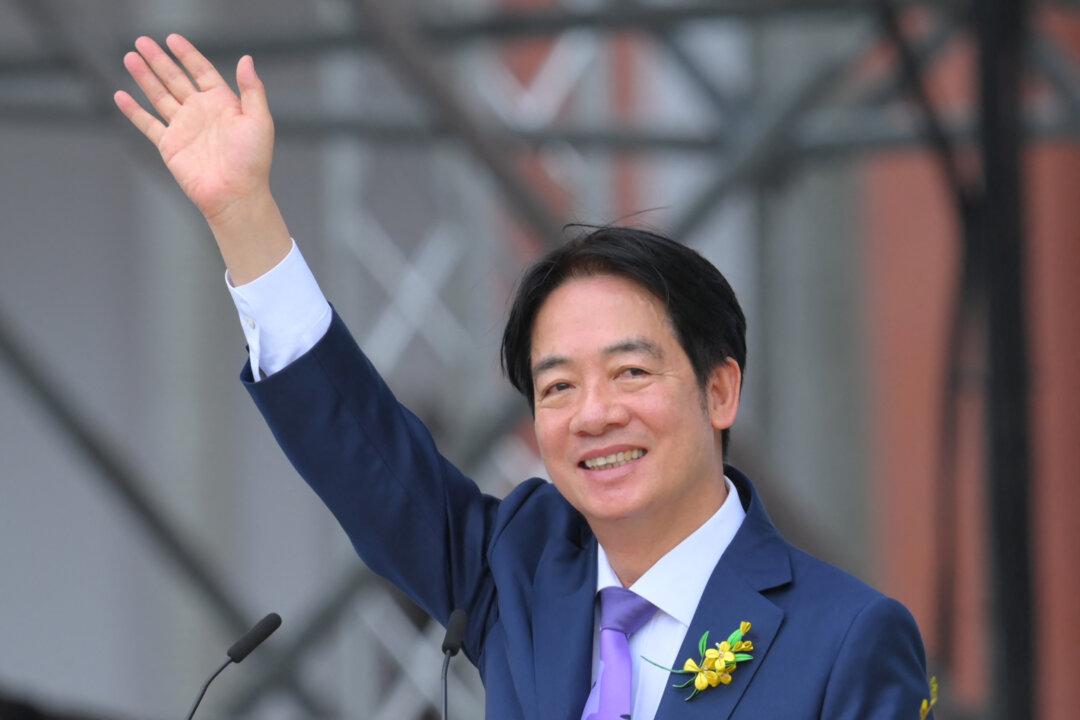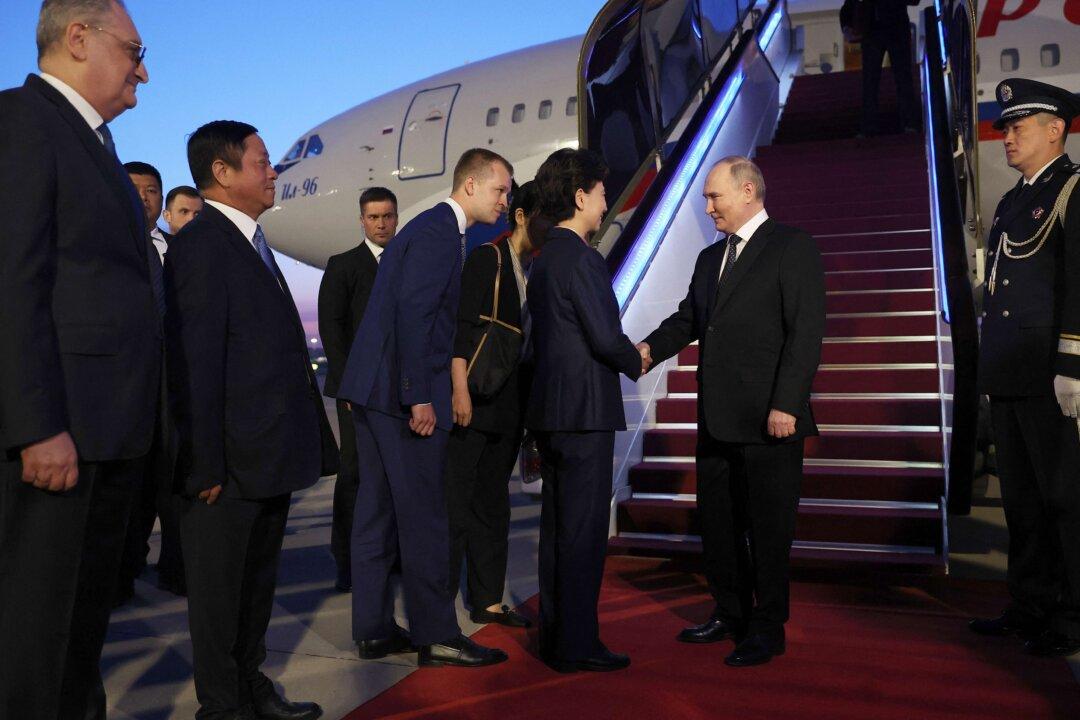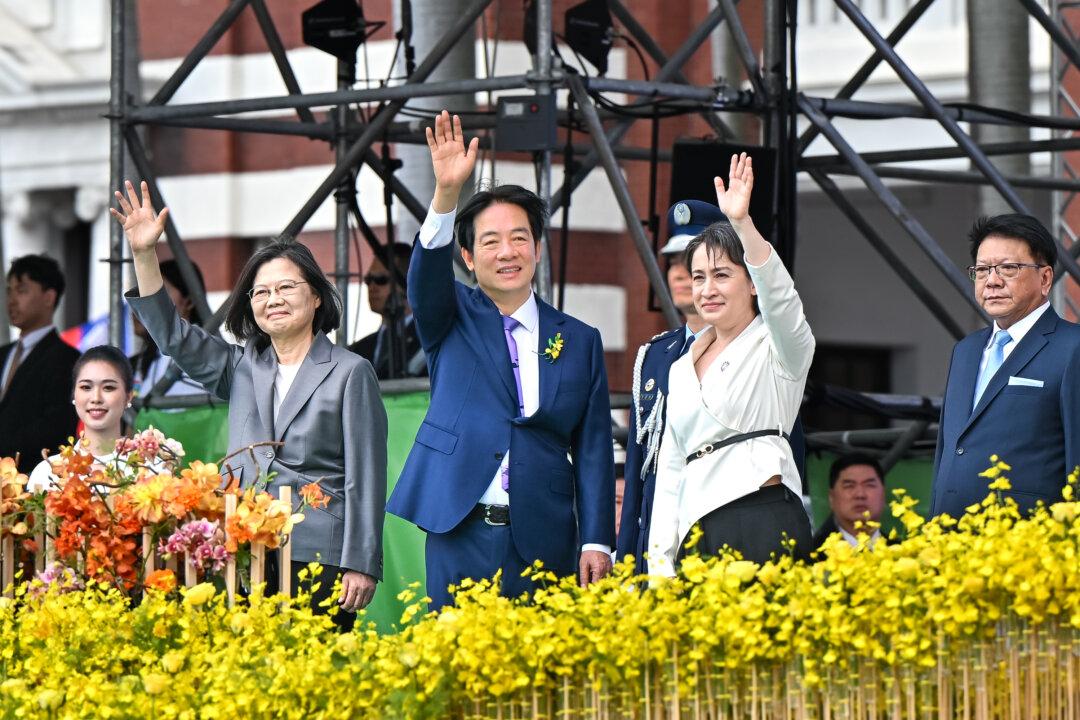Vladimir Putin went to war to keep Ukraine under Russian control, and thus ensured that Russia would fall under China’s control.
The classical European balance of power involved five great powers: Austria (Austria-Hungary after 1867), France, Great Britain, Prussia (later Germany after unification in 1871), and Russia. The key to success was to be in the group of three great powers against the two. This was exceedingly difficult to do, due to the duplicity of alliance partners and the changing interests of the great powers.
The Balance of Power Today
Today, there are six centers of military and economic power in the world: the United States, the European Union, India, Japan and South Korea (U.S. allies in northeast Asia), Russia (as solely a military power), and China.
But it must not worsen. The United States must husband its resources to ensure that the remaining centers of power remain aligned for favorability disposed to U.S. interests, and that no other centers of power join China and Russia.
The Opportunities Xi and Putin Have Provided
Xi and Putin’s actions have fortified the EU. The United States must act now to ensure that the animus against Putin is shared with Russia’s ally, China. The EU has been slow to recognize the China threat. The Ukraine invasion compels the EU to recognize both threats and formulate a strategy in cooperation with NATO to protect against the threat from both.The Sino-Russian threat is multifaceted. It is certainly a military threat, but of equal concern is Chinese penetration of EU politics, firms, and economic interests and trade with China. The concern over Germany’s energy dependence on Russian natural gas has rightfully received attention. But equally dangerous is the EU’s economic dependence on China. When the Ukrainian war is ended by treaty, armistice, or long, grinding war of attrition, there will be strong temptation to return to cooperation with China and Russia.
Backsliding to the way things were done before the Russo-Ukrainian war cannot be tolerated. There is less danger that Russia will be forgiven because it was a belligerent. There is a greater danger that China will be accepted, as its culpability has not been prosecuted. To meet this threat, the United States must capitalize on Europe’s moment of strategic clarity to secure the recognition within the EU that Russia and China are existential threats to Europe, the health of their societies and economies, and the Western order, and act accordingly.
Second, India is also a concern due to legacy of friendship toward the Soviet Union in the second half of the Cold War and its longstanding military procurement from the Soviet Union. In the chorus of condemnation of Russia, Prime Minister Narendra Modi’s voice cannot be heard. While ties to Russia are important, it is offset by the China threat. The stronger Putin is allied with Xi, the greater the decline in relations between Moscow and New Delhi.
Third, Japan and South Korea are strong allies, and the Xi-Putin invasion of Ukraine, as well as the recent election in South Korea, greatly aid the United States.
Fourth, the war compels a rapid U.S. response with its allies and friends in the confrontation with China, but also U.S. force structure and strategy. Putin’s war in Ukraine has made the future of U.S. strategic planning more complicated because now the United States must confront China and Russia.
Russia is a secure source of energy for China, a valuable ally in intelligence cooperation, with Iran, Venezuela, Cuba, and North Korea, and as a conventional and strategic military partner. The tensions that do exist between China and Russia, for example, over their respective influence in the Central Asian republics, will be suppressed.
Meeting the Challenges
This war is the most significant strategic challenge since the defeat of the Soviet Union and presents many risks for the United States. At the same time, it is also an opportunity to reforge existing alliance priorities and bring those states previously on the sidelines into the fight against China.First, the United States and its NATO allies must change the orientation of the alliance. NATO must now explicitly become an anti-Chinese alliance as the threat to Europe now is the Sino-Russian alliance. To combat this, sustaining its deployments in Europe are necessary but not sufficient, and NATO must deploy to the Indo-Pacific. Permanent NATO force deployments to Taiwan and in the East and South China seas are necessary.

Second, deeper cooperation with India is necessary with the aim to create an alliance with New Delhi, would include military cooperation and war planning against China. These steps must include Australia and Japan, as well. The United States needs to work with Seoul to frame how it may assist in the struggle against China, and how it can aid the United States and Japan to defend Taiwan and keep the East and South seas from falling under China’s control.
Third, the United States must prepare to do something it has not done since the Cold War—prepare to fight two conventional and nuclear wars with major adversaries, and to do so simultaneously. At present, the United States does not possess this capability and must expand its conventional and strategic forces, including missile defenses, to meet the challenge of two military peer competitors.
The dangers present in the new balance of power are the equal of the opportunities. It would take a bold and foresighted U.S. administration to act on those opportunities in the narrow window provided.
Otto von Bismarck said that “a statesman … must wait until he hears steps of God sounding through events, then leap up and grasp the hem of His garment.” President Joe Biden’s ability to leap is certainly less than Bismarck’s. Those opposed to China’s ambitions can only hope God’s garment is so long as not to require an effort.





